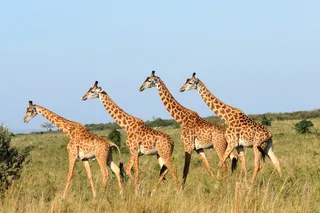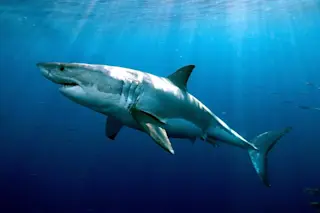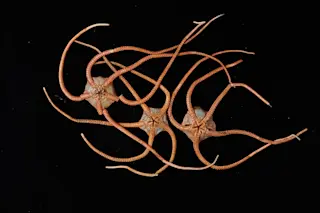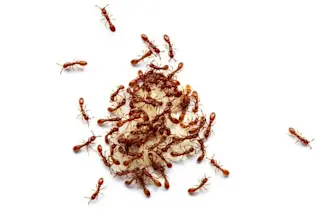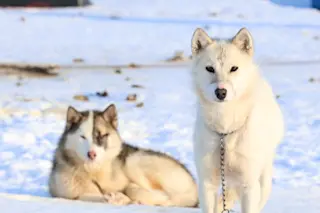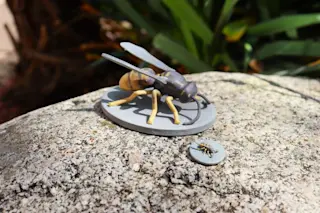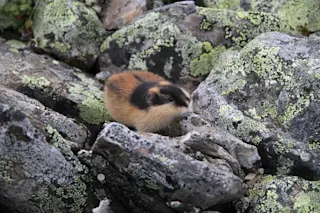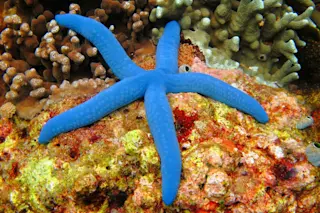"There were giants in the earth in those days; and also after that, when the sons of God came in unto the daughters of men, and they bare [children] to them, the same [became] mighty men which [were] of old, men of renown."
The Pith: Pygmies and Khoisan have admixture from a distinct population at the level of ~2%. This population diverged from the other ~98% of their ancestry ~700,000 years before the present, and the hybridization occurred ~30-40,000 years before the present. Most other African groups have only traces of this element, with some West Africans lacking it.
I have read the paper in PNAS which I referred to below. There isn't that much I can add at this point. A lot of the guts were pushed into the supplements, which aren't on the web yet. I was correct that the Mbuti Pygmies of the eastern ...




